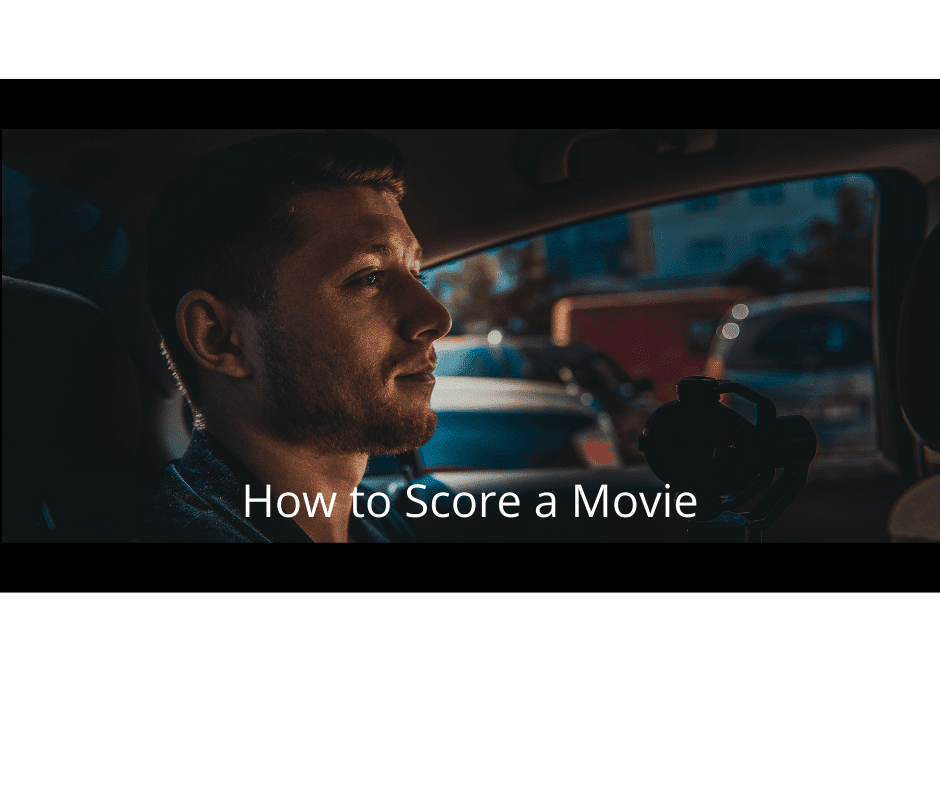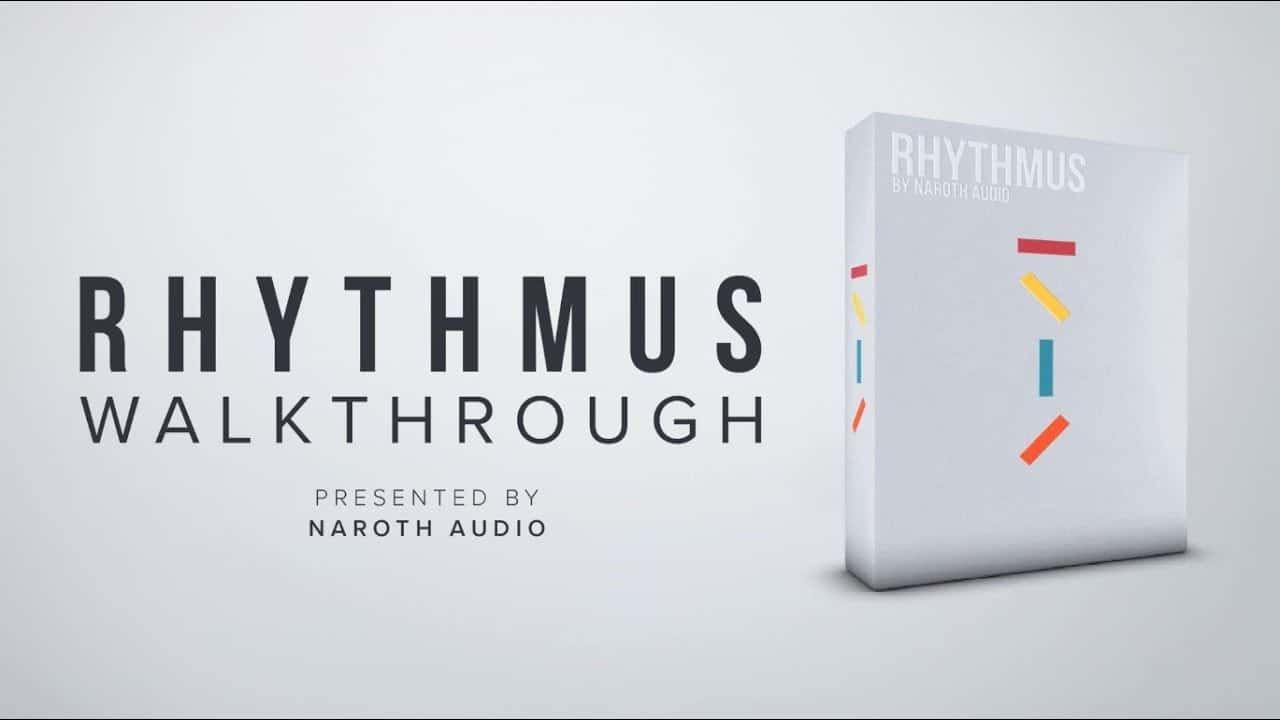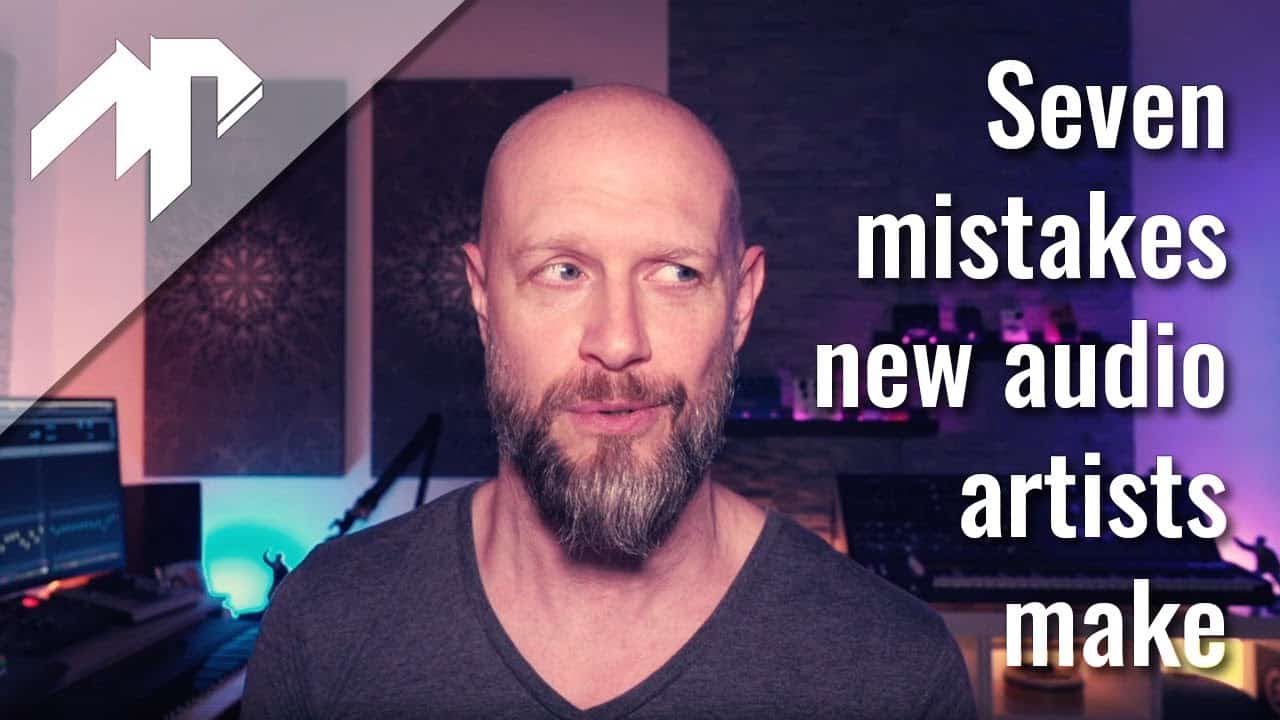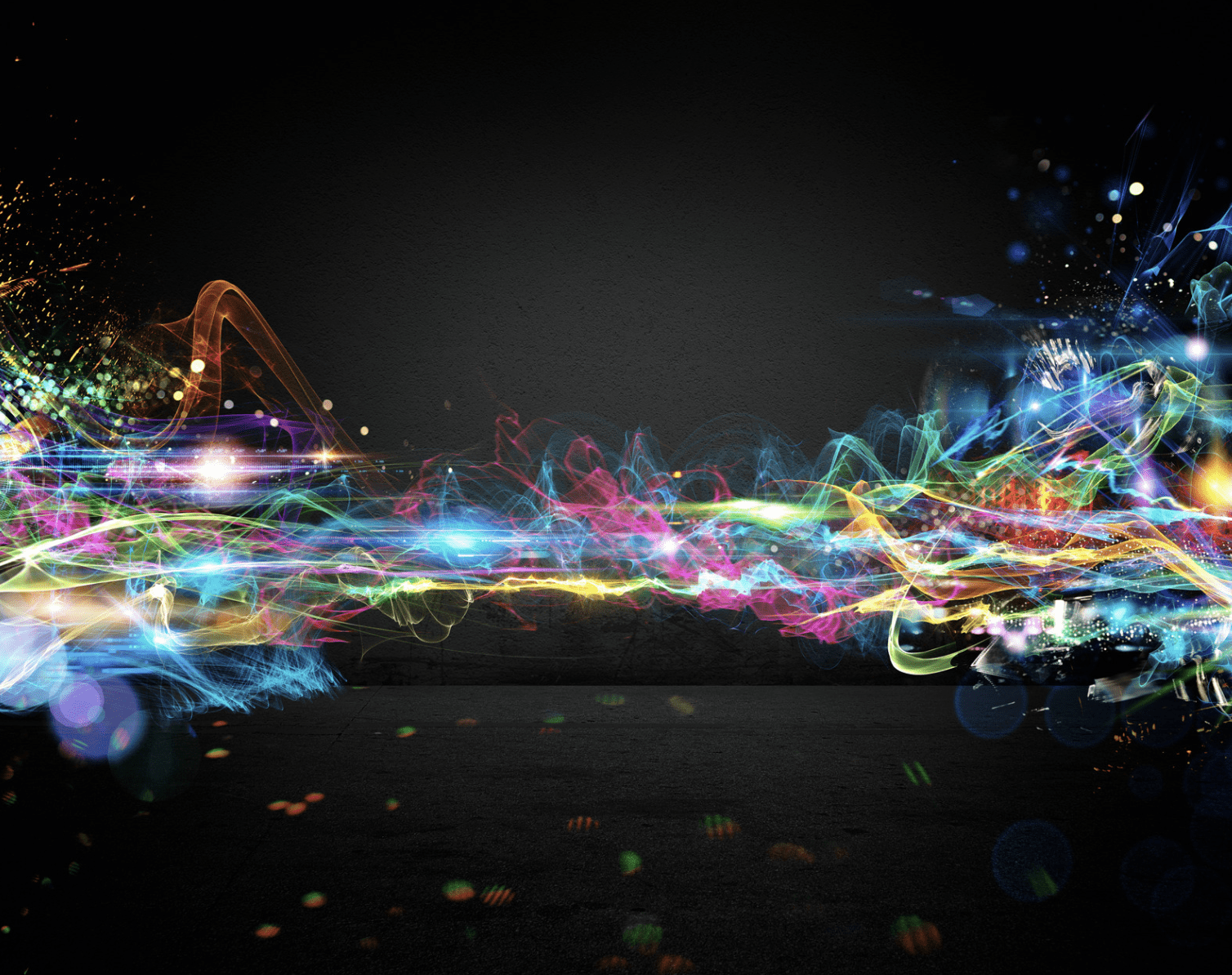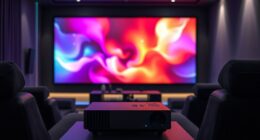To score a movie, you need to understand how film scoring works. The first step is to plan out a score by spotting the film. This involves sitting down with the director or producer to watch the movie and taking notes for each scene. Then, you can work from the notes to come up with a musical score.
As a composer, I’ve been lucky to have the opportunity to score several films. It’s a complicated process with many moving parts and challenges, but it can also be immensely rewarding. In this article, I’ll walk you through my process of scoring a movie—from defining the vision for the score to recording it at Skywalker Sound.
Define the Larger Vision
In order to score a movie, you must first understand the director’s vision. You must know what the film is about, what it’s trying to say, what it’s trying to do, and what it’s trying to accomplish. You must also understand the emotional tone of each scene in order for your music to match with it properly.
For your music to work well with any given scene, you’ll need to ask yourself questions such as: What does this character want? Who or what is preventing him from getting his goal? How does he feel about this obstacle? What obstacles are impeding her progress toward her goal? How does she feel about these obstacles? Do her actions change over time as she realizes more information about herself or others around her?
Study the Film and Existing Scores
As you begin to analyze the film, it’s important to understand the difference between scoring and sound design. While the two terms are often used interchangeably, they have distinct meanings. Scoring refers specifically to music that has been written specifically for a film or television show; in contrast, sound design refers to any kind of audio elements that were created from scratch (i.e., not taken from existing sources).
Once you’ve pinpointed what kind of score you want for your project, study how other scores have worked within similar contexts. For example: When does the music start? How does it evolve throughout each scene? Does it fade into and out of silence at different points in the story? How does it change when characters move from one location to another? These questions will help give you an idea of what works best within certain genres or styles so that when it comes time for your own composition process, all your ducks are in a row and ready to go!
Play Music Live with the Film to Figure Out What Works
This is the most essential part of scoring a movie. You need to be able to play your music live with the film, as this will give you a sense of what works and what doesn’t work in that particular edit. It’s tempting just to write down what feels right and hope that it works, but ultimately, there’s no way around sitting with the material and working out how you want things to sound before writing any notes or melodies down.
To do this, we recommend using something like Ableton Live, Cubase (or another DAW) as your main playback tool while watching the edit repeatedly until you find something that sounds good. If nothing else, it gives you an idea of how long certain sections should last or what kind of moods each scene should have—a great way to start fleshing out ideas before committing them into notation on paper or into software like Logic Pro X or FL Studio.
Start with a Rhythm Track
For a film to work, it needs a rhythm track. That’s the first thing you should start with as you begin scoring. Rhythm tracks define the tempo, rhythm and feel of your film. They can be simple or complex, but they should always be essential in defining what kind of movie you want to make before you write any actual music for it.
Rhythm tracks aren’t necessarily musical pieces of music; they can also be sound effects or combinations of sounds that create a rhythm in your head (if these terms are unfamiliar to you). If you don’t know how to compose music at all—or if writing original compositions isn’t something that comes naturally to you—then using existing recordings may seem like an easier solution than trying to write something yourself from scratch. However, there are drawbacks: by using pre-existing recordings as part of your rhythm track instead creating them yourself, there’s less room for creative exploration when composing new material later on down the road (especially if those existing records weren’t written specifically for this project).
Create Mockups for Filmmakers and Performers
The first thing to remember is that mockups are not final. Mockups are temporary versions of the final score, and they’re created because filmmakers and performers need to understand what you’re creating before you can move on to recording with them in the studio.
For example, if you’re working on an action thriller or horror movie, then the mockup gives both filmmaker and performer an idea of how fast or slow your music will be. They can use this information when shooting scenes so that their movements match up with your tempo choice. Similarly, if you want something more emotional and dramatic like a drama or romance film, then your mockup lets filmmakers know how much time there needs to be between dialogue lines so that everything flows together nicely for viewers watching at home or in theaters!
Keep It Simple
- Keep it simple. The best way to create a successful score is to keep things uncomplicated. Don’t overdo it! The music you write should have a very clear statement and direction, without too many unnecessary embellishments or flourishes. If you’re writing a romantic melody, there’s no need to throw in an unexpected harmony at the end of every bar—that will only confuse your audience and make them question whether they should be feeling sad or happy when they listen to your music (or both).
- Use the right instruments for the job. It’s often tempting for composers to pick up every instrument known to man when composing a piece of music. But unless there are special instructions from your director about how many woodwinds he wants in his film—and even then it might not be necessary—you’ll want just enough variety so that each instrument has its own role within the composition; but not so much variety that each instrument has its own theme within the composition! Remember: simplicity wins out every time!
Don’t Be Afraid to Compromise
You’re not the director, producer, actor or cinematographer. You’re not even an editor (though you will be editing). You are not the audience and definitely not the one they’re making this movie for.
This is a hard lesson to learn, but it’s important to remember that you can’t have everything your way in film... unless of course, you are Steven Spielberg or Quentin Tarantino and have final say over everything on your set. Even then though there will still be compromises made… especially when working with others who have input too!
Background Music
Background music is an important part of filmmaking. It can make or break a movie. It can heighten the action, increase the suspense, or set an emotional mood. There are many types of music, so it is important to choose the right music for your movie. This tutorial will teach you the proper ways to use background music in your movie.
Background music can be used for many purposes, including creating an atmosphere or making geographic or cultural references. In a film like Back of the Future, the music reflects the setting of the story. In the film’s opening scene, Nick Beam drives down the highway at 13 MPH, representing his marriage to his wife. As he approaches Skid Row, his background music changes from jazz to hip hop.
To create the best background music, film composers must consider the film’s structure. Films often progress in a step-by-step manner, while others are told through non-linear devices. To avoid confusion, the composer should select the right instrumentation for each scene. A woodwind soloist might play the film’s main theme for most of the film, while an orchestra might play the music at the climactic moment. While creating a movie soundtrack, a composer should also try to channel the emotions of the main character.
Film scores are a valuable tool for filmmakers who want to set the mood of their films without dialogue. Like an orchestra playing in a concert hall, film scores help set the film’s tone. Film composers may use both electronic and live musicians. Film composers generally go through the script to determine which movie parts need music. They may also look at previous movies for inspiration.
Theme Songs
One of the most popular ways to score a movie is to use theme songs. These songs have a common theme and are often associated with particular characters, groups, relationships, or characters. For example, the Avengers Theme is heard in several movies in the Marvel Cinematic Universe. Another example is the Meredith-Derek Theme from Grey’s Anatomy. These songs can serve as inspiration for a movie score or be used as the main theme.
Themes can be very powerful and memorable. One of the most famous movie scores of all time is that of Indiana Jones, composed by John Williams. This sweeping score is so inspiring that it makes you want to beat Nazis. Williams’ music can be found in many films and other works of art.
Sound Effects
Sound effects are important for many reasons. They can evoke specific emotions or increase production value. They also add realism and enhance the drama of a scene, and can enhance the viewer’s overall experience of the movie. As needed, sound effects can be created in post-production or added on top of the original film.
Sound effects are created by a foley artist who translates everyday sounds into movie sound. Audio effects include everything from footsteps to squeaking glass. These effects are often subtle and subtle and can be tedious to record. But the effort is worth it when you see the end result.
A film’s sound effects score should complement the visuals. For instance, the composer should not try to recreate the sounds of explosions. The composer should instead focus on portraying the emotional impact of these sounds. The film score should connect the audience with the characters. It should also provide a sense of place and time.
Filmmakers also use sound effects to create background noise for a scene. Without background noise, a scene wouldn’t feel complete. This is especially important for battle sequences and loud stadiums. The ambient sound surrounding a scene in a film’s room tone is what the film’s room tone is. This ambient sound is recorded before filming the scene. Because no room is completely silent, it is important to accurately represent that in the film.
Movie Pacing
Pacing is an important aspect of filmmaking. It can either make or break the movie’s flow. A slow pace can slow down the pace of a movie. Every movie has a middle point, which is usually the most critical place in the story. If the mid-point is poorly paced, it can completely ruin the movie.
A filmmaker must be able to use all of the tools available to him to create a film that has good pacing. One of the most effective tools for defining pace is movement. The movement of the camera or subject in a scene is an example of movement. A well-paced movie should have momentum from shot to shot.
A filmmaker must pay attention to the structure of a movie and its pace. A film is usually divided into three acts. Each act contains multiple scenes. This structure allows the filmmaker to pacify multiple scenes by breaking it into three acts. A set should fit in the scene immediately before and after it. In addition, a scene should follow the intentions of the subject and actor. It should also be consistent with the overall narrative.
Editing speed is another factor that can affect the pacing. A slow movie can be boring, but a fast one can feel more intense and exciting. A slow movie can turn off some viewers, but that is not fair to the slow movie.
Referring to A Movie Director
There are several methods to get a movie reference. First of all, a movie’s time is usually given in hours, minutes, and seconds. It is important to include zeros where necessary, and you can do this by pausing the movie and writing down the time. Using this time will enable you to calculate the time stamp of the movie, and will give you a reference for the film.
Another method for getting a movie reference is to stream it on the Internet. Many streaming media sites offer streaming media, including Amazon and Netflix. These sites will give you a URL to watch the movie. The URL will include the film’s name, director’s name, and year of release. Also, ensure that the citation matches the entry in your reference book.
Have Fun!
But first and foremost, make sure you enjoy the process. You will learn a lot and grow as an artist. Enjoy that journey. Enjoy the final product. Remember to have fun!
Making a score for a film is tough but can be very rewarding for both you and the filmmakers.
The good news is that you can make much money doing this. And you get to work with some very talented people, including directors, producers and screenwriters. The bad news is that it’s a lot of hard work that requires dedicated focus on the task at hand. It’s not for everyone, but if you’re willing to do what it takes to do your best work and be appreciated by others in return you’ll find that scoring films is an amazing way to spend your time!
Conclusion
In the end, scoring a film is a lot of work. It takes time and patience to create something that resonates with audiences. But once you have your first score under your belt, it can be an amazing feeling. If you want to see what we’ve done for some of our previous films then click here! And if you think we could help out with yours email us today!

